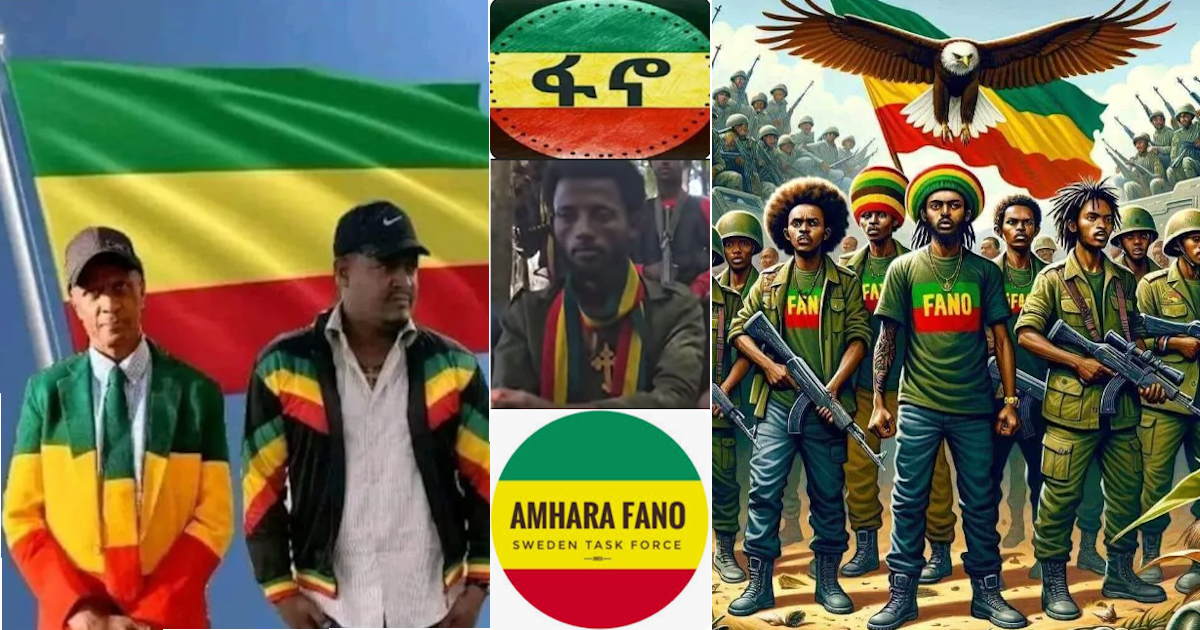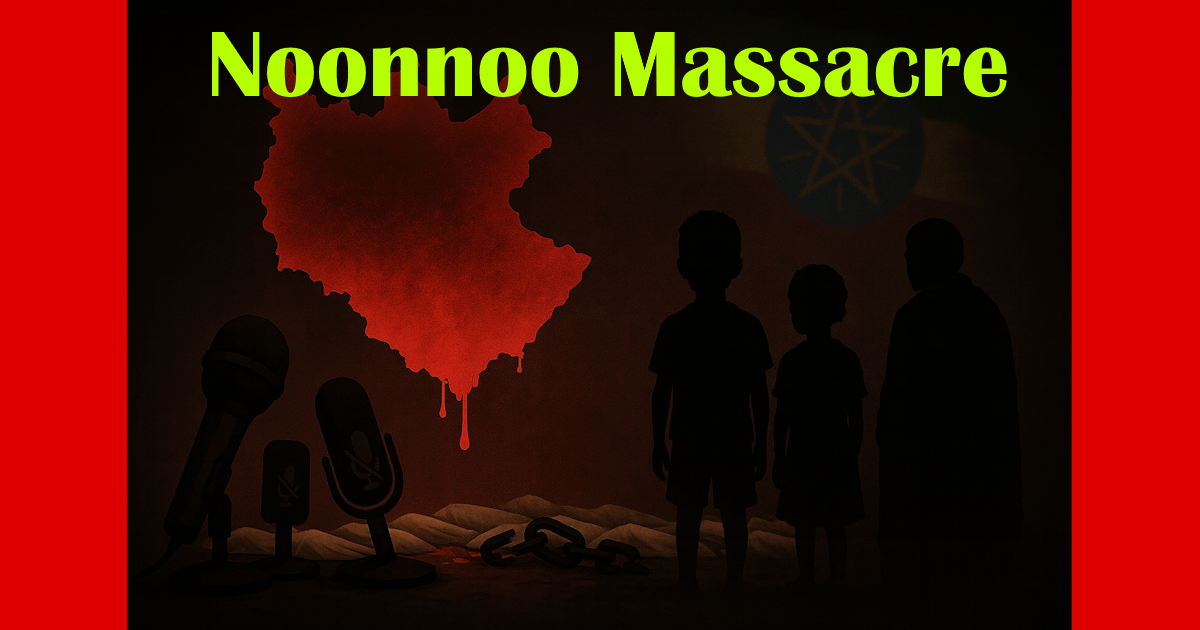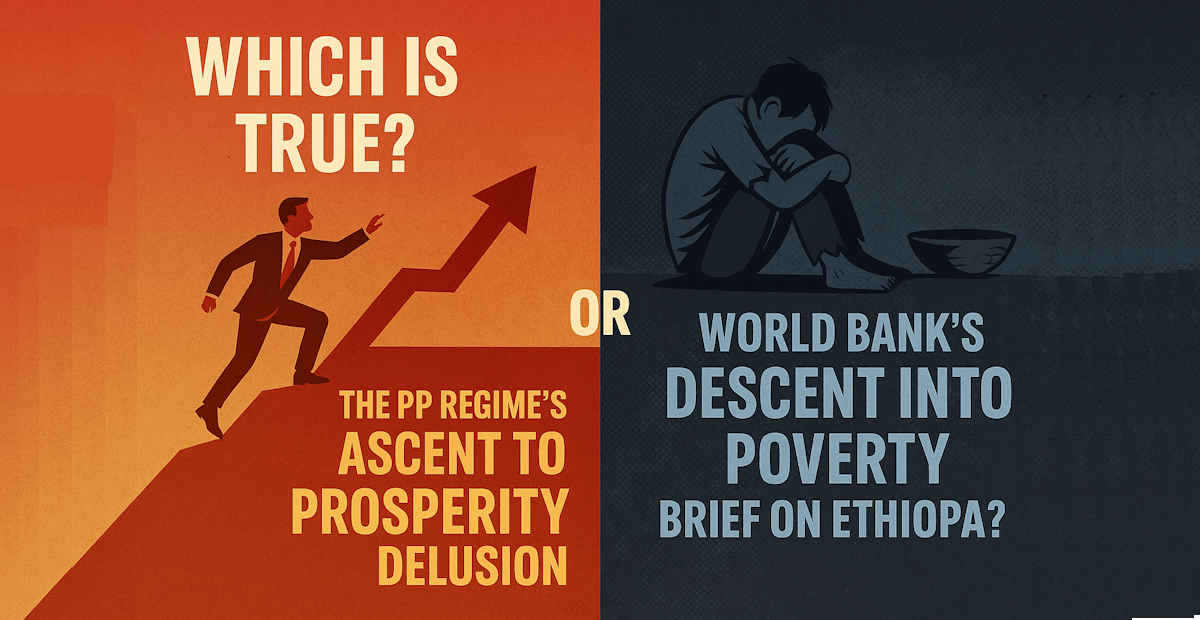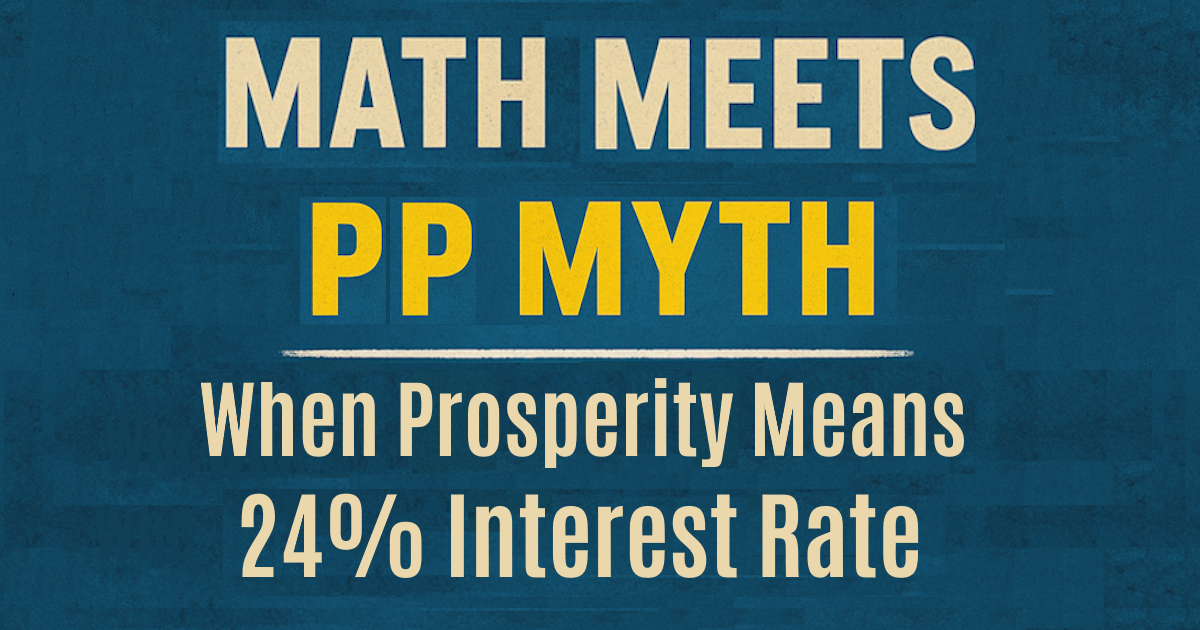Why Is No One Talking About the Dissolution of the Ethiopian Empire?
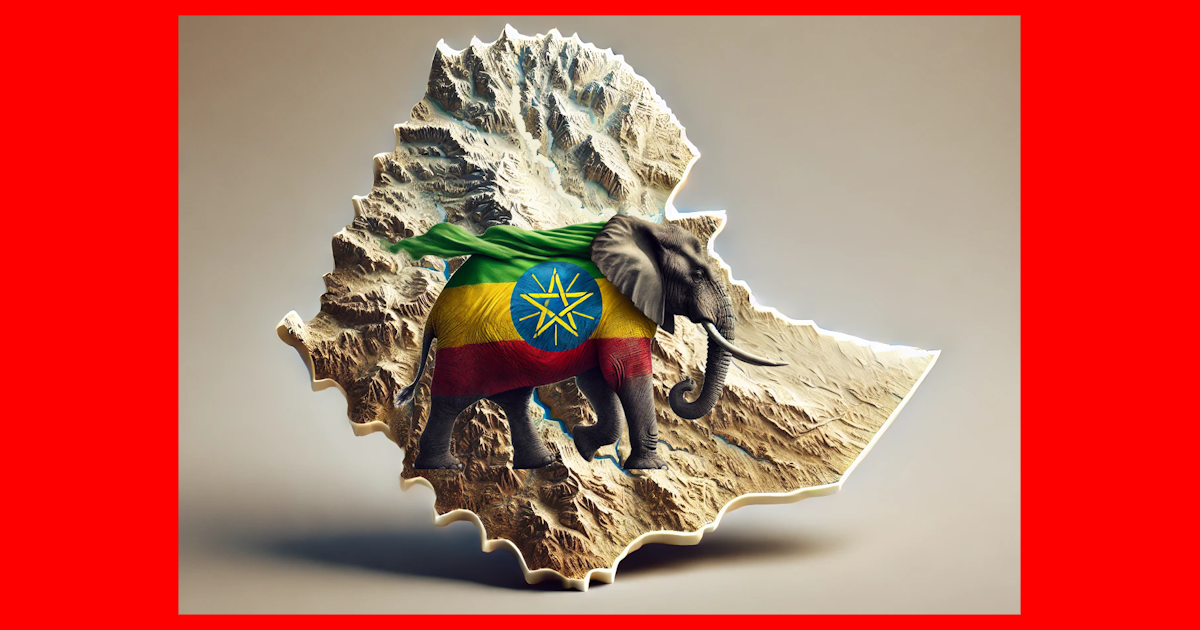
The Elephant in the Room
The Ethiopian Empire, as it stands today, is a product of the late 19th century “Scramble for Africa,” when European colonial powers carved up the continent among themselves. Unlike most African countries, Ethiopia managed to resist outright European colonization. However, its imperial formation under Emperor Menelik II followed a similar pattern of conquest, annexation, and subjugation of diverse peoples. This historical context raises a pressing question: Why is no one talking about the potential dissolution of the Ethiopian Empire, a state that has never truly become a cohesive nation? In light of continuous wars, failed state-building efforts, economic crises, and deep-rooted ethnic divisions, it may be time to consider whether dividing Ethiopia into smaller, independent states could lead to a more peaceful and prosperous future.
The Creation of the Ethiopian Empire During the Scramble for Africa
Ethiopia’s modern borders were forged through imperial conquest during the same period European powers were dividing Africa. While European empires expanded through overseas territories, the Ethiopian Empire expanded internally, subjugating diverse ethnic groups—such as the Oromo, Sidama, Somali, Afar, and others—under Amhara-Tigrayan imperial dominance. The process was marked by violence, land confiscations, cultural suppression, and forced assimilation.
Unlike nation-states that emerged organically through shared identity, the Ethiopian Empire became a multi-ethnic empire stitched together by force. The concept of “Ethiopia” as a unified entity thus rests on imperial conquest rather than a collective national identity. This colonial-like state-building process left deep scars, creating a fragile state plagued by ethnic grievances that persist to this day.
Failed State Formation and the Myth of Ethiopian Unity
For over a century, successive regimes—imperial, Marxist, and federalist—have attempted to mold Ethiopia into a stable nation-state. These efforts have consistently failed. The imperial regime of Haile Selassie promoted a homogenized Ethiopian identity rooted in Amhara culture, denying the cultural and linguistic rights of other groups. The Derg regime that followed ruled through military dictatorship and terror, further deepening divisions.
Even the current federal system, which grants nominal autonomy to ethnic regions, has not resolved these tensions. Instead, it has highlighted the lack of genuine unity. Ethiopia remains a collection of nations and nationalities held together by a fragile political framework, with frequent conflicts erupting over demands for self-determination, fair representation, and resource control. The recurring theme is clear: Ethiopia’s state-building project has never achieved legitimacy among all its peoples.
Non-Stop War and the Cost of Imperial Legacy
From the Eritrean war for independence to the recent devastating Tigray conflict, Ethiopia has been embroiled in near-constant warfare. Ethnic-based violence is rampant, displacing millions and leaving tens of thousands dead. The war in Tigray alone has resulted in one of the world’s worst humanitarian crises, while conflicts in Oromia, Benishangul-Gumuz, and Amhara regions continue unabated.
These wars are not anomalies—they are symptoms of a failed state structure. The Ethiopian Empire’s legacy of domination and marginalization ensures that peace is fleeting. Ethnic groups continue to demand autonomy or independence, while the central government clings to an unsustainable vision of unity. The question must be asked: How many more lives must be lost before alternatives to the current state structure are seriously considered?
Economic Crisis: A State in Perpetual Misery
Ethiopia’s economic struggles are another dimension of its crisis. Despite headlines about economic growth, the reality on the ground is stark—widespread poverty, inflation, and underdevelopment persist. Continuous war drains resources that could otherwise be invested in infrastructure, education, and health. Meanwhile, the central government’s obsession with maintaining territorial integrity stifles local economic potential.
Regions rich in resources and agricultural potential are unable to flourish under a central system geared toward extraction and control. Conflicts disrupt trade, deter investment, and exacerbate humanitarian crises. In such a context, the idea of a unified Ethiopian state functioning effectively becomes increasingly unrealistic.
Considering an Alternative: Smaller States as Friendly Neighbours
If Ethiopia continues down its current path, endless bloodshed and abject misery seem inevitable. But what if there is another way? What if the diverse nations within Ethiopia were allowed to determine their own futures—whether that means full independence, confederation, or other forms of self-rule?
The case of Eritrea is instructive. After decades of war, Eritrea’s independence in 1993, while not without challenges, ended a brutal conflict. Could similar outcomes emerge if other regions were granted the right to chart their own course? Smaller states, free from the oppressive centralization of an imperial legacy, might develop cooperative relationships based on mutual respect and shared economic interests.
Such a scenario is not without challenges, but it offers the prospect of sustainable peace. Rather than forcing incompatible identities into a single state, a peaceful dissolution could lead to a regional order where states coexist as friendly neighbours, trading and collaborating without the baggage of imperial conquest.
Conclusion: The Elephant in the Room
The international community and Ethiopia’s ruling elites remain largely silent on the possibility of dissolution, clinging to outdated notions of territorial integrity. Yet the reality on the ground suggests that the Ethiopian Empire, as constructed during the Scramble for Africa, may no longer be viable. In fact, when the Europeans assisted Menelik II to form the empire, the entity was known as Abyssinia. The Abyssinian empire joined the League of Nations in 1923 as Abyssinia not Ethiopia. The name “Ethiopia” was officially adopted in 1945 when the empire joined the then newly formed United Nations. So, Abyssinia and the rest existed side by side in the past and can do so in the future too.
To break the cycle of war, poverty, and repression, it is time to confront the elephant in the room. The dissolution of the Ethiopian Empire should not be dismissed as unthinkable. Instead, it should be examined as a potential pathway to peace—a chance for the peoples of the region to live in dignity, as neighbours rather than subjects of an empire that has brought them little but suffering.
The question is no longer whether Ethiopia can stay together, but whether it should.

